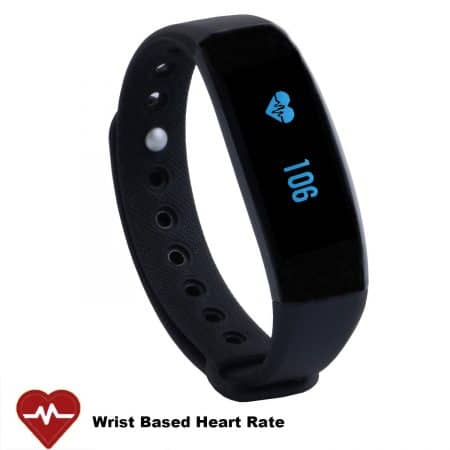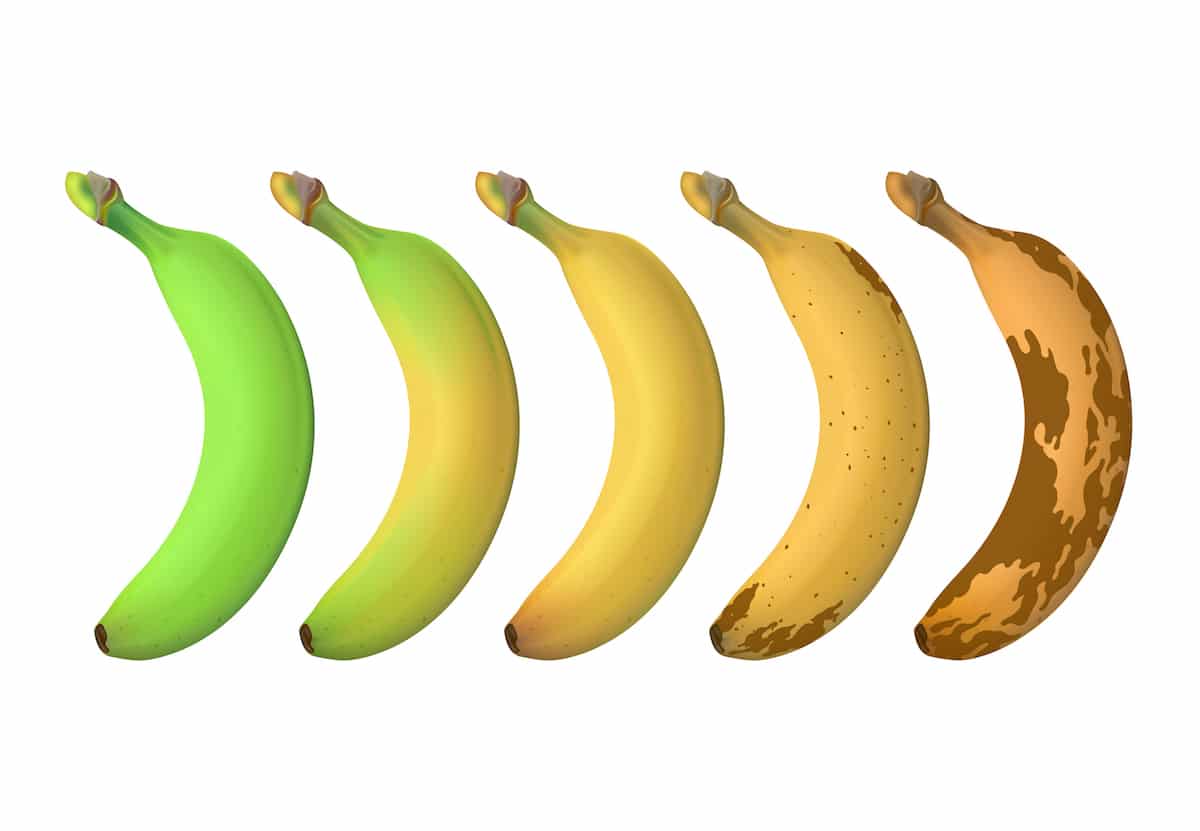STEM Projects: 10 Winning Science Fair Projects
We’ve got STEM science projects for the Science Fair ideas for you! In fact, at least 10 winning science fair projects!

When my then 9 year old won first place at the science fair for third grade one of her STEM projects, Which cup will keep water cold (or hot) the longest? We are pretty proud of that accomplishment and the fact that she got second place at the county level.
The Chemistry major in me was pretty happy about her choice.
Before I get into those, I think there are some very important things to note.
What are STEM activities? STEM activities are any activity that uses Science, Technology, Engineering or Mathematics, or STEM.
You can have a great STEM activity, but if you don’t follow the directions for the presentation and fulfill the expectations, you probably won’t win.
So, take note of the way you are told to compose your presentation board, and all of the parts that are being requested (title, materials, procedure, hypothesis, data, observations, results, pictures and more).
Elmer’s Tri-Fold Premium Foam Display Board, Black, 36×48 Inch

Your science stem projects don’t have to be super fancy. They need to follow the directions, have everything required, be neat, readable and well-planned. Remember, the idea is to only test one variable at a time.
Don’t try to make it too hard. Keep everything the same except that one thing you are testing.
If you aren’t certain of this, scroll down to the bottom of this post and you can read more about the Scientific Method.
10 Winning STEM Projects for the Science Fair

1. Which cup will keep water cold (or hot) the longest?

To see more information, read the post about the cups (click here) and you’ll find suggestions for the hypothesis, procedure and more. I’m definitely thinking we need to add more cups and cup types the next time we test these out.
Pro tip: Make sure you are using a reliable thermometer that will take good measurements and also teach kids how to read an analog thermometer. I found a great set that are mercury free and will allow multiple people to have their own.
2. Which diaper holds the most liquid?
Don’t worry, you don’t have to buy a ton of diapers. Odds are you can ask in your neighborhood, at church or in a local group and you can probably find 5 diapers of the same size in various brands.
To measure the amount of liquid, don’t forget to get the mass of the dry diaper and then the mass of the full diaper and compare the masses between them.
Instead of pouring a set amount of water on them, I would probably soak them in a bucket of water and then let them drip until they only have water on them that they absorb.
Personally, I would also compare disposables to cloth diapers to see which holds the most liquid.
Not only is it a great example of a couple of stem projects, high school students have even done this experiment with great success.
3. Which paper towel brand is the strongest?
I would saturate three different brands of paper towels and then I would place them one at a time in an embroidery hoop, and place something of weight on top (pennies maybe, one at a time) and do it the same way for each paper towel brand.
The paper towel that holds the most of whatever you use is the strongest! Remember, consistency is key. Don’t throw the pennies on one, spread them out on another and do them 5 at a time on the third.
4. Does using fertilizer make a difference in grass growth?
This could be a tricky one, but also fun. You’ll want to pick the same type of grass and have it in the same light, air, water conditions. Make sure to have one plant (or two) that receives no fertilizer.
5. Which exercise impacts heart rate the fastest?

Fitness and exercise make for great STEM learning activities. You get to see how a body reacts to various activities.
One way to test this might be to see how long it takes a person to get to a heart rate of 100 beats per minute from a resting heart rate.
Have a person go from sitting to performing an exercise (could be walking, running, jumping, jumping rope, etc) and see which exercise makes their heart rate get to 100 beats per minute in the shortest amount of time.
Ideally, you would use the same series of exercises for a couple different people and compare them. For this and other STEM ideas, you will probably want to have heart rate monitor so you can easily see a person’s heart rate at any given minute.

Another option is to do which household chore increases your heart rate the most.
Using activities like cleaning your room, making the beds, emptying the trash, taking out the trash, vacuuming, washing dishes and more will all change your heart rate in various ways.
6. Can you stop fruit from browning?
Select a couple different fruits that often brown (I’m looking at you apples, avocado and banana) and decide on some of the things you’ve heard that can prevent fruit from browning.
Cut the fruit into similar sizes and then dip them into the anti-browning solutions (lemon juice, salt water, water, club soda or any other solution you think might prevent a fruit from browning).
Then, check the fruit after set intervals of time to subjectively measure if they turn brown, if the browning is slowed or what other changes you will see. Make sure you also keep a slice of each fruit out that doesn’t get any treatment to prevent browning done to it. This is your control.

Select 5-10 food scraps you think will create gas as they decompose. Place one of each of those scraps (try to use the same mass of fruit in each container using a kitchen scale) into an empty plastic water bottle.
Then place a balloon over the top of each of the water bottles. Measure how tall the balloon gets or how big around it gets, or figure out some way to make an observation about which food is producing the most gas. 
8. How greasy is your potato chip?
Selecting four different brands/types of potato chips, you are going to need to get a little dirty. You will also need a kitchen scale and some paper or paper towels on which to absorb the grease.
Make sure when you use a kitchen scale, you know the mass of whatever you are using to put things on.

You’ll want to get the mass of a plate or bowl. And make sure you know the starting mass of your paper towel and potato chips.
Then you’ll want to smash the chips between the paper towels and do some math to figure out what the mass of the grease/oil is that remains on the paper towel. (I can’t do all of the work for you here).
9. Which fruit / vegetable is the best conductor of electricity?
Say you’ve got a light bulb that you need to power, but no battery? Did you know you could use fruits and/ or vegetables to power your light? You could purchase the wires, light bulb and digital volt meter, or grab a digi fruit kit or other stem related projects that has all of the tools in it and use that for testing.
Then select a couple different fruits and vegetables (I would recommend at least a potato, citrus fruit and apple) and see which allows the highest voltage of the brightest light.
10. Does applying conditioner or anti-frizz product to hair decrease the static electricity produced?
This might seem like a hard one to measure, but it won’t be. Did you know that by rubbing a balloon on a person’s head, you can then use the static built up on the balloon to repel an empty soda can and have it roll a distance? If not, you do now.
So, you will decide on a set number of rubs on some hair and then see how far you can push a soda can with a “charged” balloon. (I would do this a couple times and average it).
Then, you will repeat this process after applying an anti-frizz product or leave-in conditioner and compare how far the empty can goes.

Always use the scientific method
Depending on where you look, you will find the steps outlined and numbered slightly differently, but the important parts are there. Always make sure when you are performing an experiment and doing a STEM project that you follow the scientific method.
If you need even more help, grab a book on the scientific method to help guide you.
How to Think Like a Scientist: Answering Questions by the Scientific Method
1. Make observations
This is where you figure out what your experiment will be. You have to make observations of what is around you before you come up with your next step.
2. Make a hypothesis
A hypothesis is a statement that can be used to predict what will happen with future observations. For example “the rate at which a plant grows is note dependent on the amount of water it receives.”
Make sure you set up your hypothesis to only test one thing (notice, I didn’t say dependent on fertilizer, light, wind and water because that is too many variables to test at one time).
3. Design an experiment
This is where you decide how you are actually going to test your hypothesis. And also where you make sure you have a control for your experiment where nothing changes on it.
Make sure what you are testing in your experiment will be measurable (you can’t measure the “best” but you can measure “tallest”).
4. Test the hypothesis
This is the doing of the experiment. Make observations to see what you decided to test. Record those observations. Ideally, your observations are measurable.
Make sure to also make observations of things outside of your control (like observations, a sister standing too close or anything else noteworthy).
5. Accept or Reject your hypothesis
Does your data support what you thought? Or does it disprove what you thought? Does the data actually make sense for what you were testing? Depending on your results, you might have to go back and complete another experiment.
As my college professor liked to remind me, if we didn’t have to do things over again, it would just be called “search” instead of “research.” Know that sometimes STEM research involves many, many, many tests and retests.

One of my favorite STEM projects for high school that I performed.
My favorite and most notable was “What happens when you remove an ingredient from chocolate chip cookies?” Of course, I didn’t do the experiment without chocolate chips (I think we all know what that tastes like).
But, I did do it without butter, baking soda, baking powder, flour, etc. Let’s say there were a lot of very inedible “cookies” in my house. But, they sure did make for a great visual display of just how cookies will change with various ingredients.
It was one of my favorite STEM activities because I also had to figure out how to reduce the recipe size.
My mom wouldn’t let me make full batches of cookies without one ingredient, so I had to do like 1/6th or 1/4th of the recipe for each ingredient. It definitely challenged my brain.
Do you have any great STEM project ideas that you’ve done or you are looking to perform? Any winning STEM related projects from your local science fair?
Looking to keep the little kids busy with their own STEM activities? Check out these great STEM toys for your toddler!
Looking for other activities you can use for STEM activities for kids? Check out this huge list.












These are some great ideas
Always remember the control! I used to get so excited about an experiment that I’d skip that part. GET TO TESTING, went my brain!
My son loves science experiments, so he would get really excited about all of these!
You have some great ideas!! My oldest daughter did hers on which dog treat my dog liked the best. So everyday for 20 days we sat out 3 types of treats and put the dog down in front of them to see which one she ate first. My son is in 2nd grade and was just asking about what he should do his on when he gets to 3rd grade. Thanks for the ideas!
We just received a STEM subscription box for Christmas. Our son did a similar water/freezing experiment because it came with a thermometer and various cups.